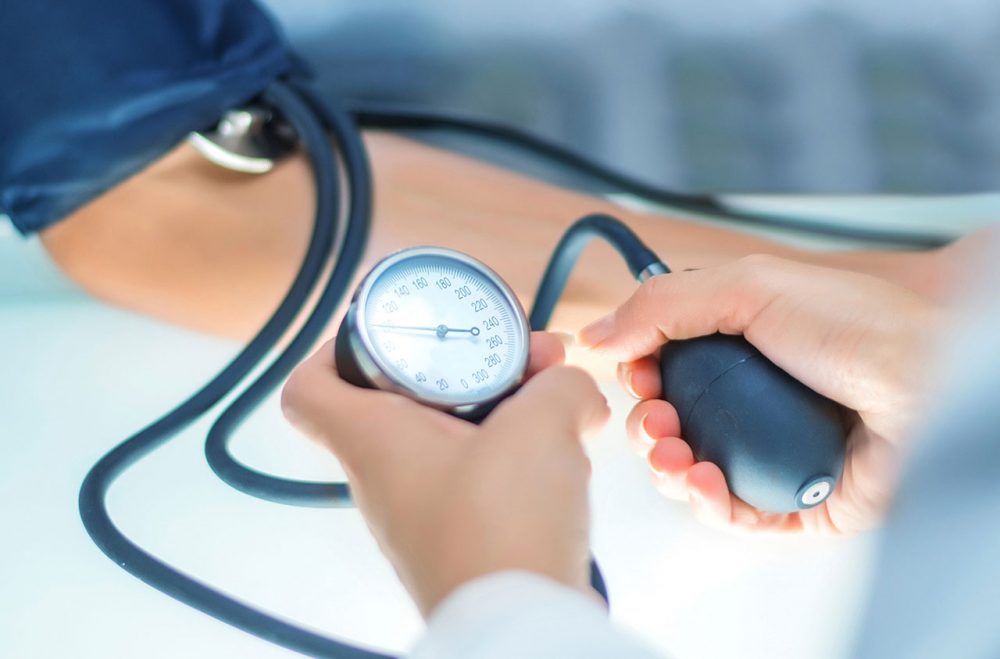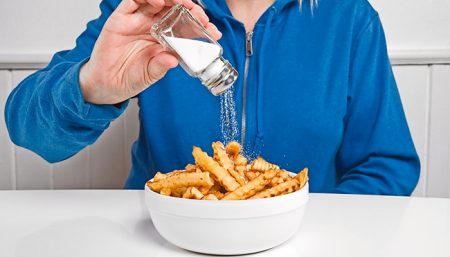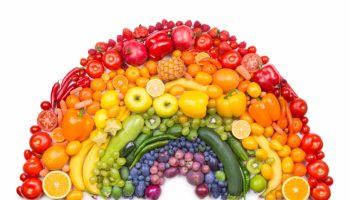
An applicant’s overall general health has a direct bearing on their ability to find high quality health insurance online or from any source. As a nation, Americans are fat, out of shape, and sick. These facts, coupled with the high cost of healthcare in the U.S. makes insurers wary of risks in potential insurance clients who do not lead a healthy lifestyle.
Making the decision to clean up your health “act” is not just an issue of calorie counting, portion control, and getting up off the couch. The first and third leading causes of death in the U.S. are heart disease and stroke. Americans have access to clear, definitive information that link these conditions to their dietary choices. We eat a diet heavy in processed food filled with levels of added salt. Sodium consumption at these levels contributes to countless cases of hypertension that can and do morph into actual cardiovascular disease. Cut out the salt, cut out the problem.
Change Your Diet, Change Your Life
Researchers at the Centers for Disease Control and Prevention have proven conclusively that when dietary salt levels are reduced, blood pressure begins to come down in the vast majority of people within days. Over weeks, and with appropriate maintenance, levels usually normalize completely.
The human body does require some amount of salt on a daily basis for normal functioning, but only about 180 to 500 mg. The average American, however, eats more than 3600 mg of salt a day. The American Heart Association recommends less than 1500 mg, which translates to about a teaspoon — for the whole day.

A study conducted by the British Medical Journal concluded that if salt intake were to be lowered to acceptable levels in Great Britain, annual healthcare costs would drop by the equivalent of $24 billion. In the U.S., where 45 to 50 million Americans have no healthcare insurance whatsoever, simply eliminating high levels of salt from the daily diet should be one of the most important and cost effective personal decisions anyone could make.
Salt is a Stealthy Enemy
Unfortunately, Americans are not well educated about what they eat. For instance, a quarter-pound cheeseburger at McDonalds with a medium order of fries translates to 1,500 mg of salt — the complete recommended daily allowance. Even more startling for most of us, however, is the fact that the highly popular blended coffee drinks currently so much in vogue contain about 250 mg of salt.
Especially for people with a history of hypertension or for those with a family history of high blood pressure and cardiovascular disease, getting on top of salt consumption means learning to read labels, getting comfortable asking questions, and exploring other means of seasoning your food.
These measures do not have to be as daunting as they might sound. If, for instance, you simply drain the liquid off canned vegetables and rinse the contents of the can, you have eliminated as much as 40 percent of the associated sodium content. It’s also important to understand the language of packaging. “Reduced sodium” just means 25 percent less sodium. Always opt for cans and packages that read “no salt.”
There are more than 2 million heart attacks and strokes each year in the United States, a fact that helps to explain the high cost of medical care in the U.S. and the concurrent high cost of insurance. The rising emphasis on preventive medicine will control both. If we get healthier, healthcare costs will drop naturally. If we stay sick and get sicker, prices will continue to skyrocket.
Disclaimer
The Content is not intended to be a substitute for professional medical advice, diagnosis, or treatment. Always seek the advice of your physician or other qualified health provider with any questions you may have regarding a medical condition.

